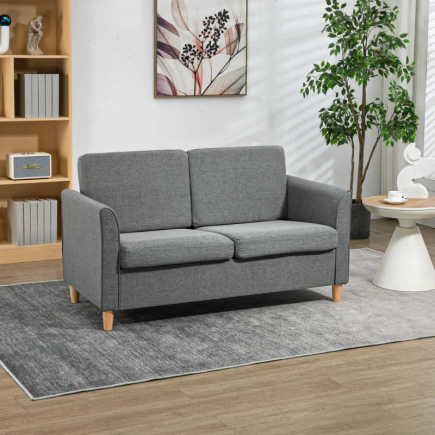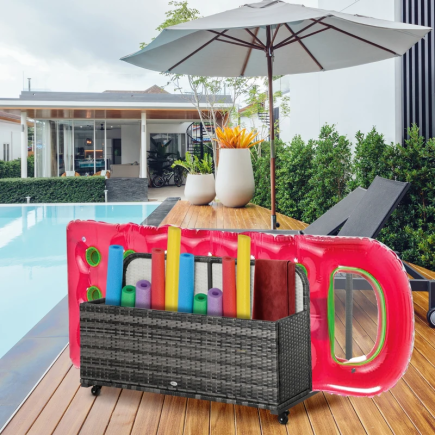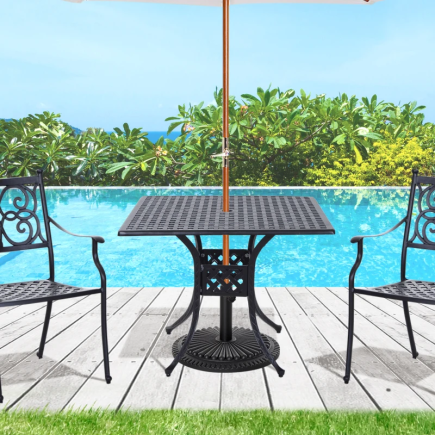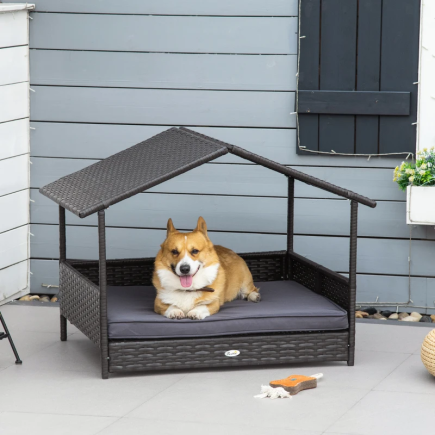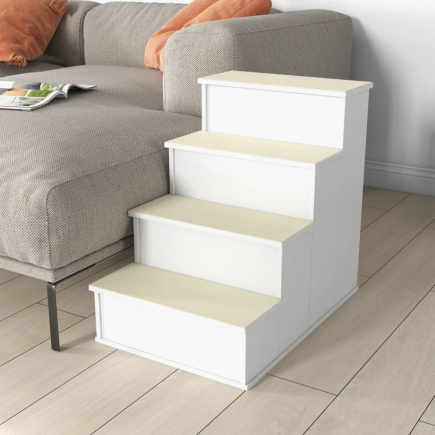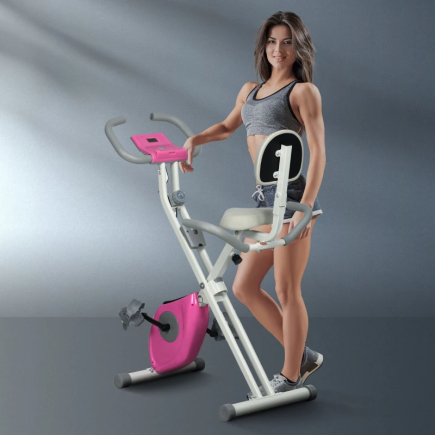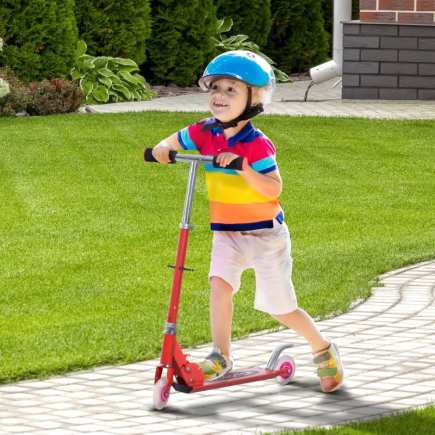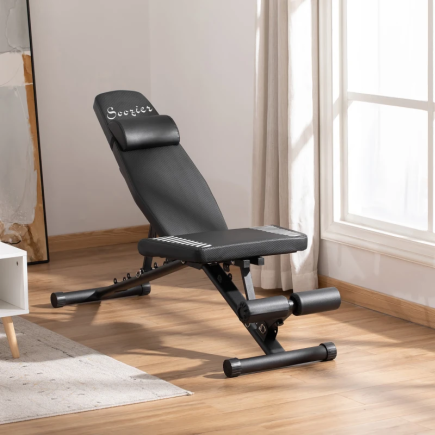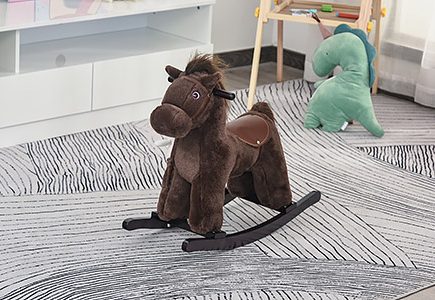
Transporting your kayak from your car to the water doesn’t have to be a strenuous task. With the proper techniques and the right kayak cart, you can move your kayak across all kinds of terrain smoothly. This guide will walk you through how to use a kayak cart efficiently, making your paddling adventures more enjoyable.
1. Types of Kayak Carts and their Uses
There are various types of kayak carts, each designed for specific needs:
- Platform/Strap Carts: These are versatile and work well for most types of kayaks. They provide support under the kayak hull and are often the most common choice for general use.
- Scupper Carts: Designed specifically for sit-on-top kayaks, scupper carts utilize the kayak’s scupper holes to keep the boat in place while being transported.
- Balloon Wheel Carts: These carts are ideal for soft, sandy beaches. The large, wide wheels prevent the cart from sinking into the sand.
- All-Terrain Carts: Featuring sturdy frames and large, knobby tires, all-terrain carts are designed to handle rough, uneven ground like gravel, grass, or rocky paths.
2. Assembling and Adjusting Your Cart

Before using the kayak cart, ensure it’s assembled properly. Correct assembly and adjustments will make sure that the cart functions safely and effectively.
Step-by-Step Assembly Process
- Unfold the Frame: If you have a folding cart, make sure the frame is fully unfolded and locked into place. Check all pins, latches, and joints to ensure the frame is stable.
- Install the Wheels: Some carts have detachable wheels, so make sure the wheels are securely attached. Listen for the click sound when they lock in place. If your cart uses inflatable tires, make sure they are properly inflated to avoid any issues during transport.
- Adjust the Width of the Cart:The Kayak Cart with adjustable width allows you to customize the fit to match your kayak’s hull or the scupper holes if you have a sit-on-top model.
- Stability Check: Once assembled, gently shake the cart to make sure it doesn’t wobble. This ensures that the cart is ready for use and can handle the weight of your kayak.
3. Prepping Your Kayak for Transport

Proper kayak preparation will make loading it onto the cart much easier and will help keep it safe during transport.
Key Prep Steps:
- Empty the Kayak: Remove any loose gear, water, or debris from your kayak. This reduces the weight of the kayak and prevents any items from shifting or falling off while being transported.
- Close All Hatches and Compartments: Ensure all hatches, storage compartments, and dry bags are properly closed to prevent water from getting in and to protect your gear.
- Dry the Contact Points: Wipe down the areas of the kayak that will come in contact with the cart, such as the hull and sides. This ensures that the straps or cart arms won’t slip during transport.
4. How to Load the Kayak onto the Cart

Loading your kayak properly onto the cart is key to ensuring safe and stable transport. Here’s how to do it:
Step-by-Step Loading Process:
- Position the Cart on Level Ground: Make sure the cart is on flat, level ground. Position the cart so that its center is aligned with the kayak’s center of balance (typically near the cockpit for most kayaks).
- Lift the Kayak: For lighter kayaks, lift one end and place it gently onto the cart. For heavier kayaks, use a kickstand to stabilize the kayak or get help lifting both ends simultaneously.
- Slide the Kayak Onto the Cart: If you’re using a platform cart, place the hull of the kayak on the cart’s straps or padded supports. If you’re using a scupper cart, align the scupper holes with the cart’s posts and guide the kayak onto the cart.
- Balance the Kayak: Ensure that both wheels of the cart are supporting the kayak evenly. The kayak should rest symmetrically on the cart with no tilting.
5. Properly Securing Your Kayak

A securely fastened kayak is less likely to shift or fall off the cart while you transport it.
How to Secure Your Kayak:
- Use High-Quality Straps: Ratchet straps or cam buckle straps are ideal for securing your kayak. These straps are durable and provide a strong hold.
- Position the Straps: Pass the straps under the cart, over the kayak, and through the buckle. Secure both ends to tighten the straps and prevent the kayak from shifting.
- Tighten the Straps Carefully: Tighten the straps to ensure a snug fit. Be careful not to over-tighten, as this can cause stress or damage to the kayak’s hull.
- Tuck the Loose Straps: Secure any loose strap ends by tucking them into the buckle or using a clip. This prevents the straps from dragging on the ground and getting caught in debris.
- Safety Check: Before you start moving the kayak, gently shake the kayak to ensure it’s secure. If the kayak moves or shifts significantly, re-tighten or adjust the straps.
6. Moving the Kayak: Pulling vs. Pushing

The method you choose for moving your kayak will depend on the terrain and your personal preference.
Pulling:
Pulling the kayak is the most common method. Simply grab the handle or the rear of the cart and walk forward. This is the best option for flat, even terrain.
Pushing:
If you’re on a downhill slope or need more control, pushing the cart may be a better option. Pushing gives you more control over the kayak’s speed and direction, preventing it from rolling away.
Tips for Maneuvering:
- Taking Turns: When turning corners, take wide and slow turns to avoid tipping the cart.
- Approaching Obstacles: For rough terrain like rocks or roots, approach obstacles directly to avoid tipping the kayak.
- Watch for Obstructions: Be aware of people, vehicles, or other obstacles that may be in your path. Always look ahead while transporting.
7. Navigating Different Terrains
Different terrains require different techniques and cart types. Here’s how to handle various surfaces:
Sand:
For soft, sandy beaches, use a kayak cart with large balloon wheels. These wide tires help distribute the kayak’s weight evenly, preventing the cart from sinking into the sand.
Grass/Gravel:
On uneven surfaces like grass or gravel, choose a cart with solid rubber or pneumatic tires. These provide better traction and stability on rough surfaces.
Paved Surfaces:
For paved paths or roads, a regular rubber-wheeled cart will work fine, but make sure it’s sturdy enough to support your kayak’s weight.
8. Storing Your Kayak Cart While On the Water
Once you’ve reached the water, you need a plan for storing the kayak cart while you paddle.
Two Options for Storage:
- Leave On Land: Lock the cart to a fixed object like a tree or rack using a bike lock or cable. Mark it with a tag or brightly colored ribbon so you can easily spot it when you return.
- Bring It Along: If your kayak cart is foldable, store it in your kayak’s hatch or secure it on the deck using bungee cords. Many carts are lightweight and compact enough to be stored this way.
9. Caring Tips

Proper care ensures that your kayak cart will last for many seasons. Here’s how to maintain your cart:
- Rinse After Every Use: Clean off any salt, sand, or mud to prevent corrosion, especially if you use your cart in marine environments.
- Inspect the Tires and Straps: Regularly check the tires for damage, cracks, or punctures. Inspect the straps for wear or fraying, and replace them when necessary.
- Lubricate Axles: Apply light machine oil to the axles every few months or after wet conditions to prevent rust and keep everything moving smoothly.
- Store Indoors: To prevent UV damage or wear from moisture, store your cart in a dry, cool place when not in use.
Using Kayak Carts simplifies the transport process and ensures that you can focus more on your paddling adventure rather than on hauling your kayak. By following the steps outlined in this guide, you can load, secure, and move your kayak with ease, even across rough terrain. Proper maintenance and troubleshooting will also help extend the life of your kayak cart. So, grab your kayak cart and enjoy the journey to the water!
FAQs
1. How can I prevent my kayak cart from sinking in soft sand?
To avoid sinking, use a cart with large balloon wheels that can distribute the kayak’s weight evenly. You can also slightly deflate the balloon wheels to reduce the sinking effect.
2. What should I do to prepare my kayak for transport?
Empty your kayak of any gear and debris, close all compartments, and wipe dry the contact points. This reduces weight and ensures your kayak stays secure during transport. Double-check the kayak’s balance before loading.
3. How can I handle rough terrain when moving my kayak?
For soft sand, use balloon wheel carts to avoid sinking. For uneven surfaces like gravel or grass, opt for all-terrain carts with sturdy tires. On paved roads, a simple rubber-wheeled cart will work fine.








